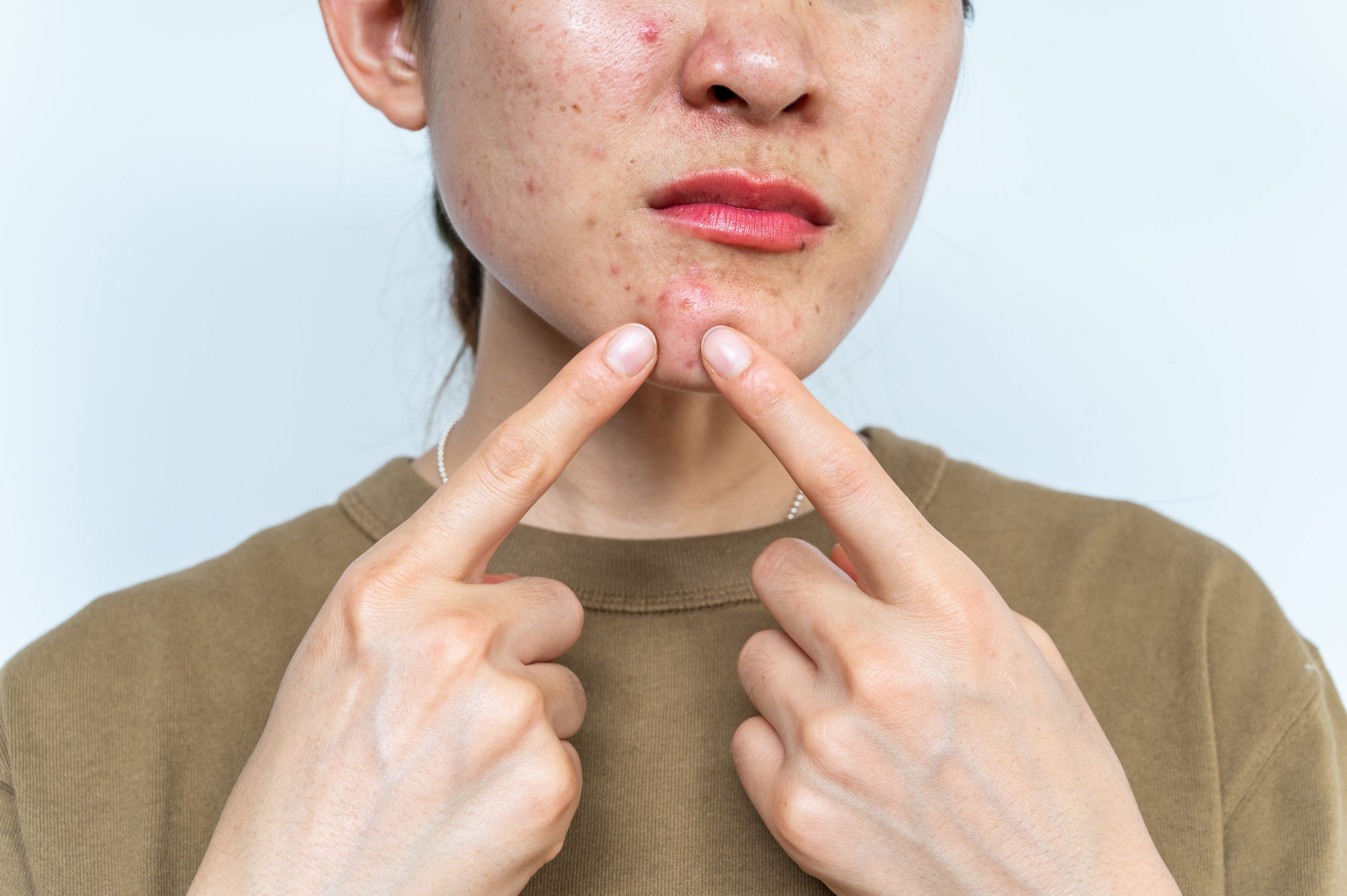Acne is a common skin disease caused by a combination of inflammation, excessive oil production, and infection with the bacteria P. acnes. Acne mostly occurs in adolescents and young adults, with as many as 90% of people affected at some point in their lives. However, late-onset acne occurs in up to 50% of adults and affects women more than men. Other than being painful and the potential for disfiguring scarring, acne can cause emotional and psychological distress.
Tea tree oil is an essential oil derived by steam distillation from the Australian plant Melaleuca alternifolia (Myrtaceae). Tea tree oil has been used in Australian traditional medicine for hundreds of years for its antibacterial and anti-inflammatory effects. Previous studies have shown that tea tree oil products are beneficial for treating acne, but there has yet to be a well-designed study to show its effectiveness. Until now.

The study was published in The Australasian Journal of Dermatology in 2016. The researchers recruited 18 participants to try out a tea tree oil gel. They were majority female and the average age was 26. The researchers physically counted the number of “lesions” (defined as whiteheads, blackheads, red bumps, and nodules) at the beginning of the study and at 4, 8, and 12 weeks. They also gave a general “grade” to the participants’ acne where 0 was none, 1 was minimal, 2 was mild, 3 was moderate and 4 was severe. Additionally, they were interested in skin oiliness and graded it on that same scale over the course of the study. Finally, they asked all participants to record at the end of each week whether they thought their acne was significantly worse, slightly worse, about the same, slightly improved or significantly better, as well as any side effects they were experiencing.
In all, 80% of participants completed all 12 weeks of the study. The average “lesion” number was 24 at the start of the study, 17 at 4 weeks, 15 at 8 weeks, and 11 at 12 weeks translating to a 54% overall reduction. The researcher’s “grade” decreased from an average of 2.4 at the beginning to 1.9 at 12 weeks. The mean score for facial oiliness also decreased from 2.2 at the beginning to 1.1 at 12 weeks. When the patients’ diaries were analyzed, around 50% felt that they were slightly improved or significantly better. There were no major side effects reported, although some patients reported mild peeling and redness at the beginning of the study.
The results of this study support the use of tea tree oil for the treatment of mild to moderate facial acne. It can also be applied to the back and chest as needed. It may be a useful add on to benzoyl peroxide and clindamycin, treatments commonly prescribed by My Skin of Color. It is also well tolerated and does not contribute to antibiotic resistance. Think about giving it a shot!

